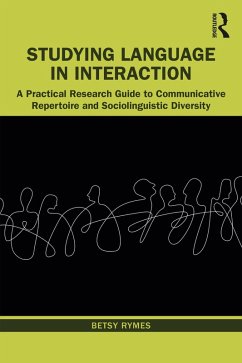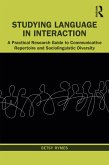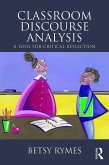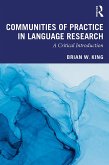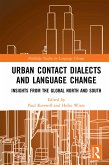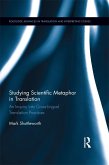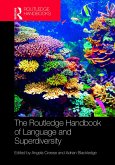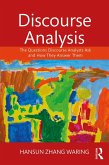Each chapter focuses on one way of communicating, providing a set of strategies to observe, note, and reflect on context-specific ways of using multiple languages, of sounding, naming, using social media, telling stories, being ironic, and engaging in everyday routines. This approach provides a practical guide without stripping out all the wonder and nuance of language in interaction that originally draws the novice researcher to critical inquiry and makes language relevant to the humans who use it every day. Studying Language in Interaction is not only a practical research guide; it is also a workbook for being in the world in ways that matter, illustrating that any research on language in interaction involves both tricks of the trade and a sustained engagement with humanity.
With extensive pedagogical resources, this is an ideal text for advanced undergraduate and graduate students of sociolinguistics, intercultural communication, linguistic anthropology, and education who are embarking on fieldwork projects.
Dieser Download kann aus rechtlichen Gründen nur mit Rechnungsadresse in A, B, BG, CY, CZ, D, DK, EW, E, FIN, F, GR, HR, H, IRL, I, LT, L, LR, M, NL, PL, P, R, S, SLO, SK ausgeliefert werden.
Alexandra Georgakopoulou-Nunes, Professor of Discourse Analysis & Sociolinguistics, King's College London

